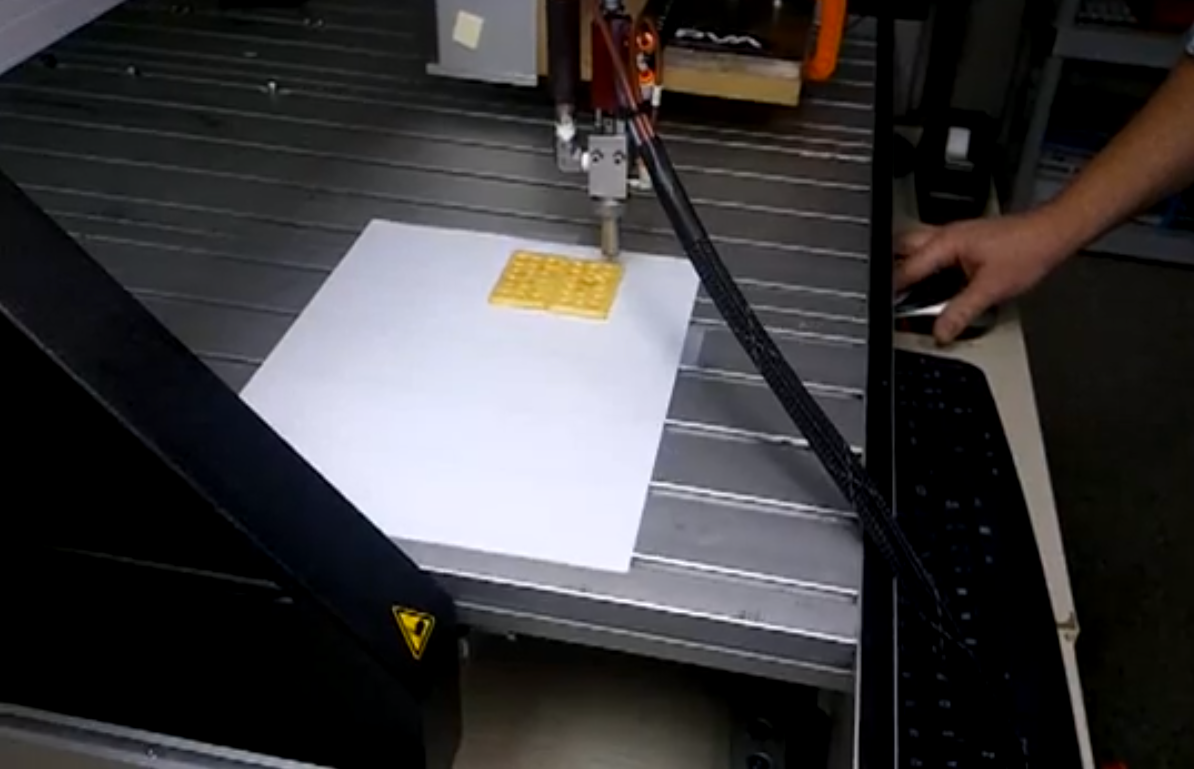The ever-elusive food synthesiser popularized by Star Trek might soon become a reality, thanks to 3D printing.
Systems and Materials Research Corporation recently landed a $125,000 grant for six months from the US National Aeronautics and Space Administration, otherwise known as NASA, to develop a 3D-printing prototype for pizza, according to a report by Quartz.
Anjan Contractor founded the company in 1998 and created a food printer that uses powder and oil-filled cartridges with a shelf life of up to 30 years to make nutritional meals containing sugars, complex carbohydrates, protein, etc. Contractor said the world's food systems cannot supply 12 billion sufficiently, but his printer conception, which is currently geared toward making pizza because its distinct layers are easily printable, could eventually "change our perception of what we see as food".
Contractor's pizza printer is in the conceptual stage and based on the open-source RepRap 3D printer. He plans to keep the software open source, as he likes to imagine a future where every kitchen would have a 3D food printer, and he will allegedly begin building the first pizza printer prototype in June with just one head to print one substance at a time.
Read: 3D printers used to build Robohands to help the fingerless
The concept envisions the printer extruding a layer of dough that is baked by a heated plate at the bottom of the printer, and then it would print a powder-based tomato layer mixed with water and oil, followed by a protein layer, and so on. Contractor demonstrated this process to NASA with a chocolate printer, as seen in the video below, which helped him to earn the grant.
The basic idea behind a 3D food printer is quite similar to existing technology found in many food-production factories, as even one YouTube commenter said under the chocolate printing video, "Isn't that what every cookie factory already does?"
Contractor's million-dollar idea, however, is different in that a 3D food printer would use powder-based or alternative ingredients in the form of cartridges, with a focus on long-distance space travel, and such a creative plan could conceivably also end world hunger. Also, by mixing software with culinary arts, food could exactly match dietary needs and meet tasting expectations.

